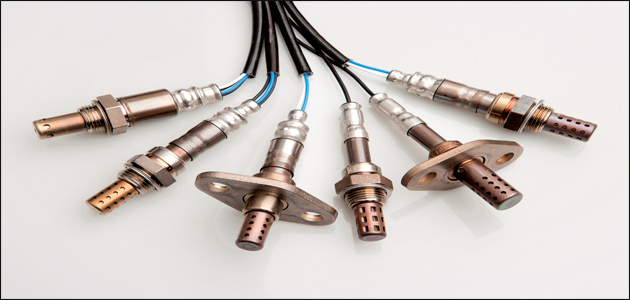
Technically advanced vehicle systems mean more challenging repairs. One task facing mechanics is helping the end user to understand the importance of these repairs and the increased related cost, particularly when vehicle performance is not significantly improved as a result. One example of this would be the fitting of new Lambda Sensors when the catalytic converter is changed.

The fitting of new Lambda Sensors whenever the catalytic converter is replaced is an essential part of the long term health and performance of the vehicle, and it is essential that both mechanics and vehicle owners understand the importance of this. Working together as a combined unit, the catalytic converter and Lambda Sensors work to control the car’s fuelling system. Any faults or defects within the system can lead to increased fuel consumption, decreased performance and a rise in harmful vehicle emissions, meaning the vehicle could be working outside of the limits set by EU legislation relating to engine emissions limits.
How does the system work?
• The engine ECU uses signals sent from the Lambda Sensors to adjust the amount of fuel that is injected into the engine to compensate for any excess air or fuel in the system.
• Continuing to use the data received from the sensor, the ECU will work to achieve an optimal quantity air/fuel ratio of 14.7:1.
• This ratio, also referred to as Stoichiometric, is the optimum point at which the catalytic converter continues to effectively balance emissions, fuel consumption and overall vehicle performance.
Without properly functioning Lambda Sensors this entire system can’t perform correctly, which can result in costly, longterm damage.

So next time you change a catalytic converter remember to think Lambda – in doing so you will be helping your customers to drive a more fuel-efficient vehicle, while at the same time protecting your professional reputation.









